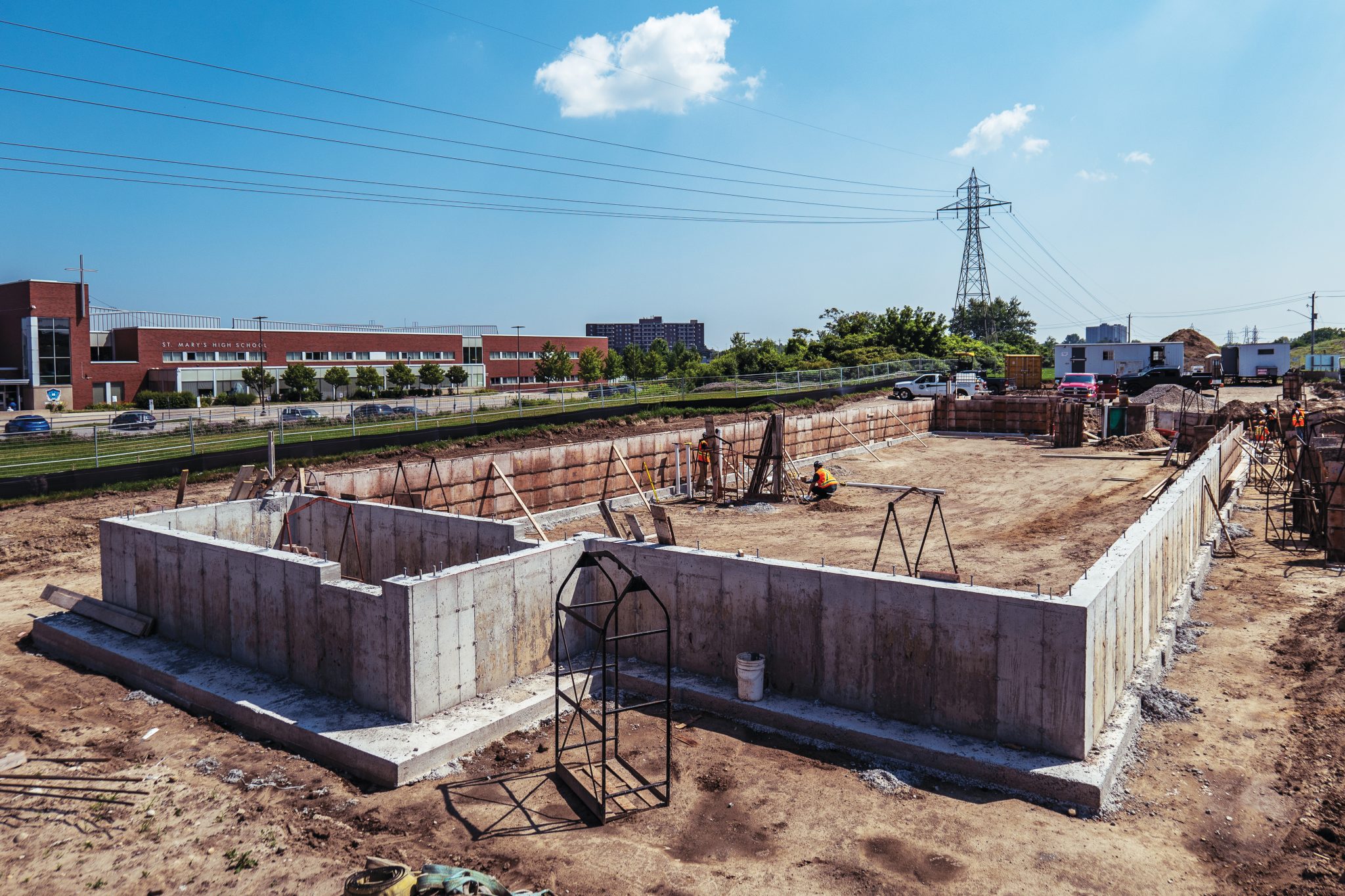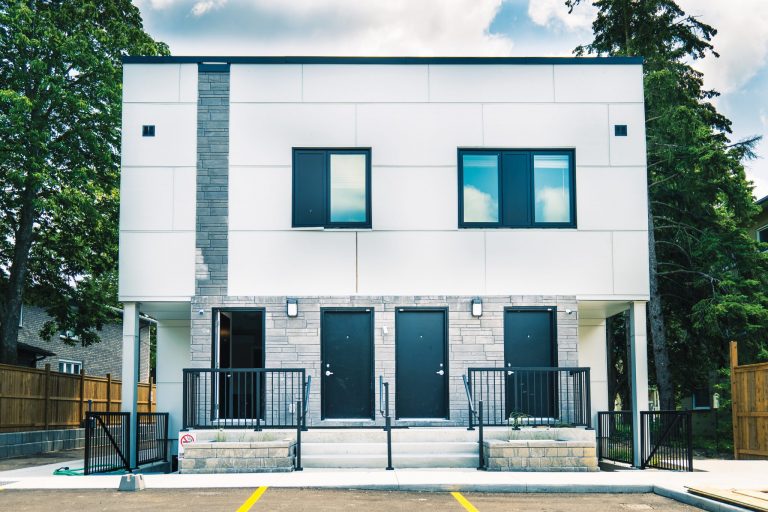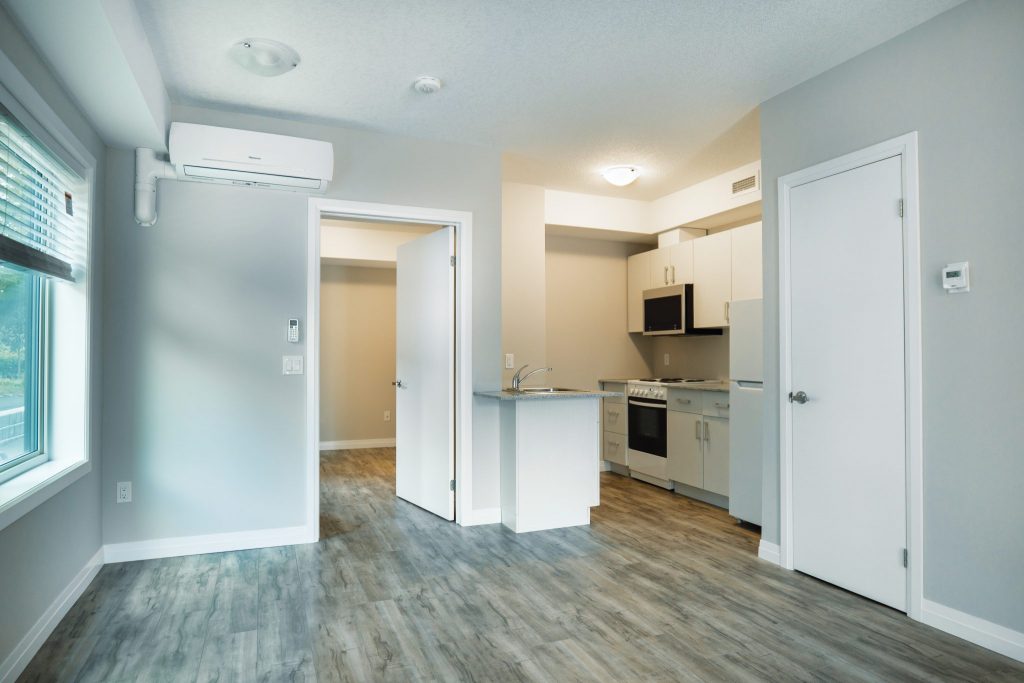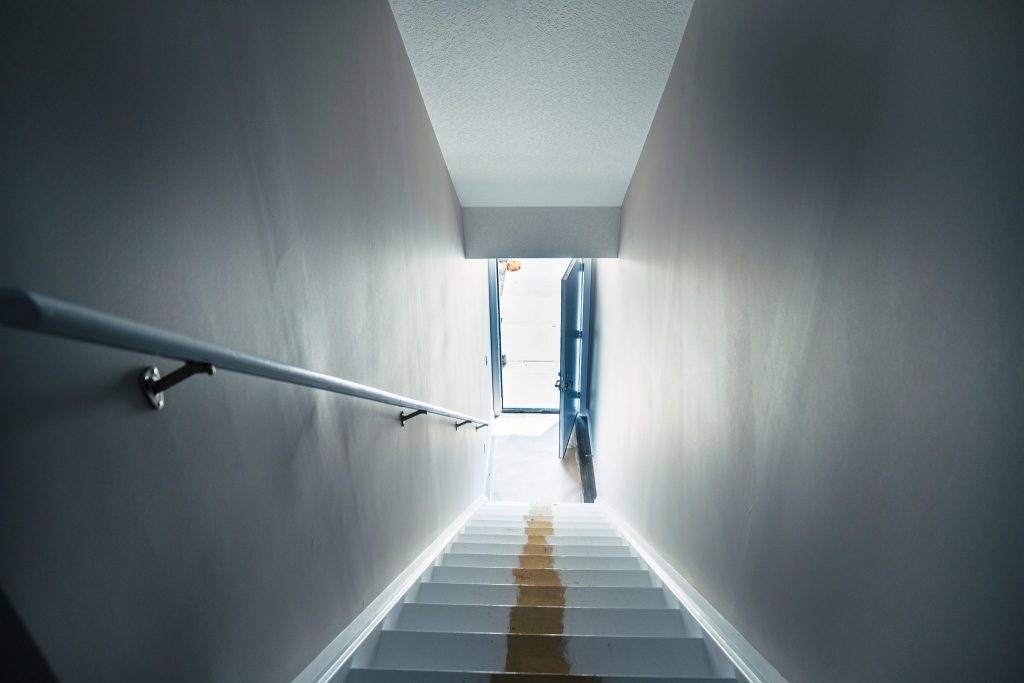Given the attention real-estate has been getting over the past few years, I question the future of housing affordability here in the region. People are being stretched thin in terms of what they can afford in the tri-cities. The federal and regional governments have been taking notice, and efforts have been underway. Earlier this year regional council approved an affordable housing framework to create 2500 new affordable units in the next five years. Currently, the city offers funding incentives for private sector developers to construct and manage affordable housing units.
ABOVE: Jeffrey Schumacher, the supervisor of housing programs and development with the Region of Waterloo spoke to the affordable housing strategy.
“What we try to promote is mixed housing. We try to have different rent levels, some at low, some at moderate income, so we can try and fill a range of housing needs and it’s not all geared to a specific group,” he said.

RIGHT: Christopher Mertz, an emergency social support worker (ESSW), stands at the site of a former emergency shelter for individuals isolating from COVID-19.
Mertz spoke on some of the challenges of housing with vulnerable people who are facing mental health and addiction issues.
“Especially with addiction and mental health, [there are] a lot of fluctuations in their state of well-being. They might be ready to be housed. They’re ready to go and they have all this great stuff lined up and then there is no spot available for them. Mental health [matters come] up and then six months later an affordable housing unit becomes available but they’re not at the place anymore where they can live independently.” – Christopher Mertz

ABOVE: A COMMUNITY GARDEN BEHIND 544 BRIDGEPORT Rd. E. Integrates some nature and a sense of connection for neighbours.
The region is creating partnerships for new affordable housing solutions. ‘Gentle Density’ is a term often used with this style of development. It is an attempt to seamlessly integrate the building into a local neighborhood without it being overwhelming to adjacent structures.
Even people in middle-income levels are being stretched thin with affordability, and regional efforts have been underway to mediate. Earlier this year, the regional council approved a framework to create 2,500 new affordable units in the next five years.

LEFT: The foundation of 1470 Block Line Rd. in Kitchener with YW Kitchener-Waterloo.
This project will be completed by the end of the year. The building will be dedicated to supportive housing for single women experiencing chronic homelessness, and will have 41 units available for individuals.
“If there is no affordable housing available to them, they have to rent at market value. It’s easier to stay in shelter where a roof is provided over your head, and food is available. So you can use the little bit of money you get a month for stuff that you actually wanna’ spend it on as opposed to having to blow it all out the window for a cheap place that’s not cheap anymore because the market is inflated so incredibly” – Christopher Mertz
LEFT: ONE BEDROOM UNIT AT 18 GUELPH ST.
“The greatest need [is for] one bedroom [units]. By ‘greatest need’, I mean the longest wait time. The average household, or couple, or single waiting for a one bedroom is approximately eight years.”
– Jeffrey Schumacher
RIGHT: UNFINISHED STAIRWAY LEADING OUTSIDE AT 18 GUELPH ST.
“It is a serious issue and people don’t necessarily choose this life, but are caught up in it…I think the more that we can highlight what leads to these problems,一the sort of trauma that’s behind it, the mental health that’s behind it,一I think we can foster a lot more compassion in the community. And [we can] make it more normal that the city actually does spend money on affordable housing and supportive housing and addiction treatment,” Mertz said.



